
Ingredient
Taro leaves
The Verdant Delicacy: Taro Leaves
Taro leaves are heart-shaped, dark green leaves that have a slightly rough texture. They possess a distinct earthy flavor with nutty undertones, and their tender yet sturdy nature makes them ideal for cooking. When cooked, taro leaves become soft and develop a silky texture, while retaining their vibrant green color.
Origins and history
Taro leaves have a long history of culinary use, particularly in Southeast Asian, African, and Pacific Island cuisines. They are deeply rooted in the cultural traditions of these regions and are often featured in traditional dishes such as laing in the Philippines, palusami in Samoa, and callaloo in the Caribbean. Taro leaves are also known for their symbolic significance in certain cultures, representing prosperity and abundance.
Nutritional information
Taro leaves are a good source of dietary fiber, vitamins A and C, and minerals such as potassium and calcium. They are also low in calories and fat, making them a nutritious addition to a balanced diet. However, it is important to note that taro leaves contain calcium oxalate crystals, which can cause irritation in some individuals when consumed raw. Cooking the leaves thoroughly helps to break down these crystals and make them safe for consumption.
Allergens
Taro leaves may cause allergic reactions in individuals who are sensitive to plants in the Araceae family, such as taro root or other leafy greens like spinach. It is advisable to exercise caution and consult with a healthcare professional if you have known allergies or sensitivities.
How to select
When selecting taro leaves, look for fresh, vibrant green leaves that are free from blemishes or discoloration. The leaves should feel firm and have a slightly rough texture. Avoid leaves that are wilted or have yellow spots, as this may indicate spoilage. If purchasing from a farmers market or specialty store, ask the vendor for recommendations on the best quality leaves and how to properly store them.
Storage recommendations
To maintain the freshness of taro leaves, store them in a plastic bag or airtight container in the refrigerator. They can be kept for up to a week, but it is best to use them as soon as possible for optimal flavor and texture. Before using, rinse the leaves thoroughly under cold water to remove any dirt or debris.
How to produce
Taro leaves can be grown in tropical or subtropical regions with warm temperatures and high humidity. They require well-drained soil and regular watering to thrive. Planting taro corms or root cuttings in a sunny location and providing adequate care will allow the leaves to grow and be harvested for culinary use.
Preparation tips
Taro leaves are commonly used in a variety of dishes, including soups, stews, curries, and stir-fries. They can be cooked on their own or combined with other ingredients such as coconut milk, spices, or meat to create flavorful and hearty meals. Taro leaves are also used as a wrapping for steamed or grilled dishes, adding a unique taste and aroma to the food. Experiment with different recipes and cooking methods to fully explore the versatility of taro leaves.
Substitutions
Spinach leaves can be used as a substitute for taro leaves in certain recipes, although the flavor and texture will be different. Spinach has a milder taste and a more delicate texture compared to taro leaves. Other leafy greens such as kale or collard greens can also be used as substitutes, but they may alter the overall flavor profile of the dish.
Culinary uses
Taro leaves are widely used in traditional dishes from various cuisines, including Filipino, Samoan, Jamaican, and Hawaiian. They are a key ingredient in dishes such as laing, palusami, callaloo, and luau stew. Taro leaves are also popular in Indian and Southeast Asian cuisines, where they are used in curries, soups, and side dishes. Their versatility allows them to be incorporated into a wide range of culinary creations.
Availability
Taro leaves are commonly available in tropical or subtropical regions where taro plants are cultivated. They can be found in local markets, grocery stores, or specialty Asian food stores. Taro leaves are particularly abundant in countries such as the Philippines, Samoa, Jamaica, and India, where they are an integral part of the local cuisine.
More ingredients from this category » Browse all
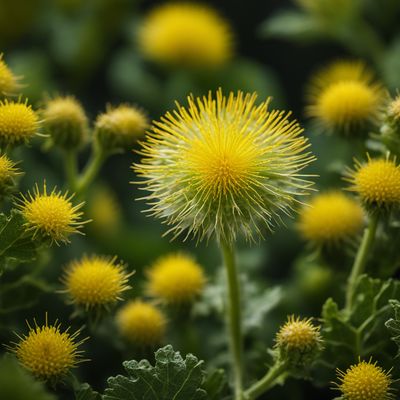
Sowthistle leaves
Vibrant Greens Packed with Nutrients
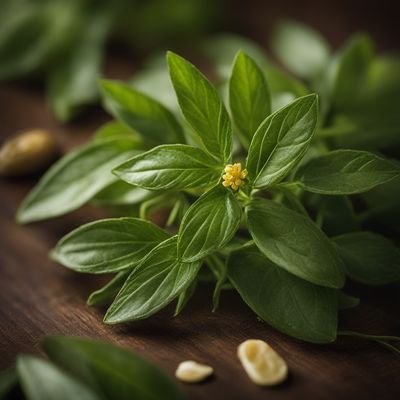
Blackjack leaves
The Versatile Blackjack
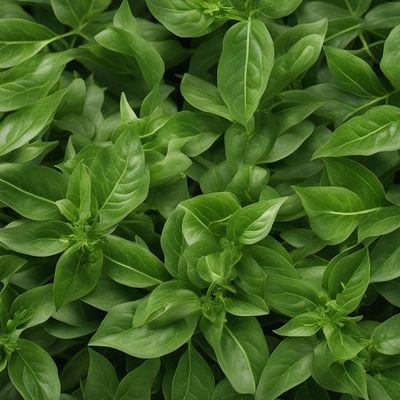
Pepper leaves
The Leafy Delight: Unveiling the Hidden Potential of Pepper Leaves
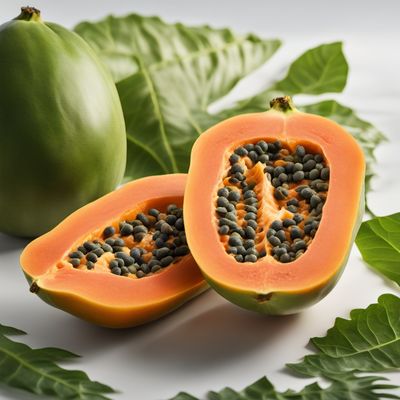
Papaya leaves
The Healing Green
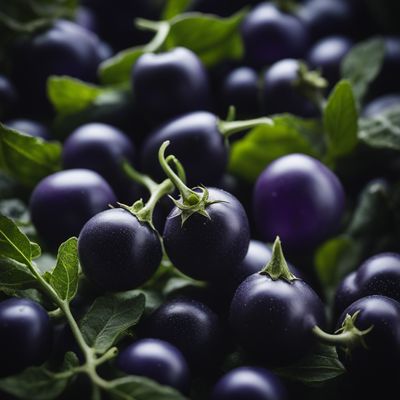
Nightshade, black
The Dark Delight: Unveiling the Secrets of Black Nightshade

Balsam pear leaves
The Healing Power of Balsam Pear Leaves
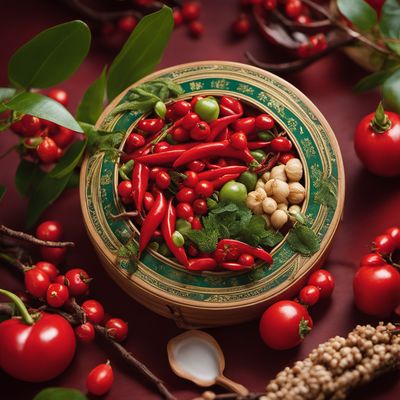
Box thorn
Nature's Tang
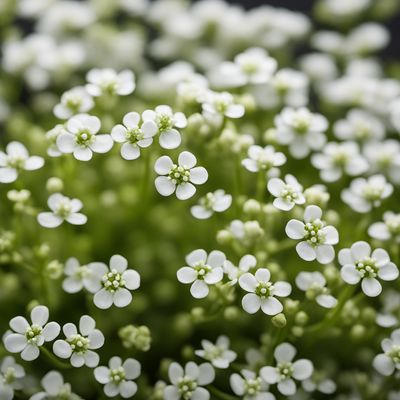
Scurvy-grass
The Citrusy Herb

Pumpkin leaves
The Nutritious Greens: Pumpkin Leaves

Mallow leaves
Velvety Greens with a Mild Bite
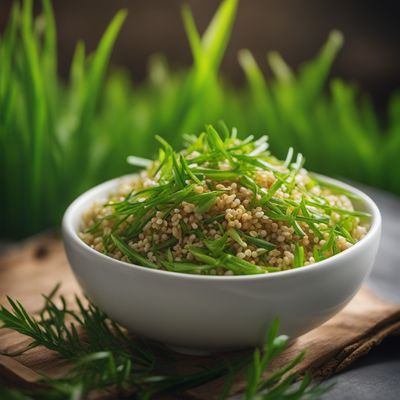
Melientha grass
The Fragrant Herb: Unveiling the Wonders of Melientha Grass
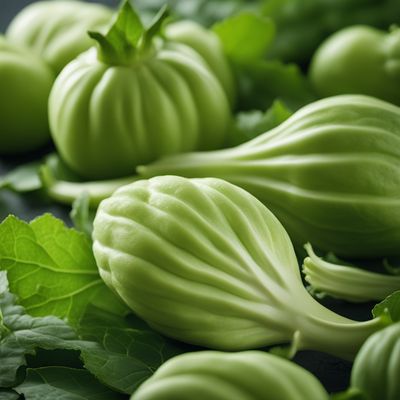
Chayote leaves
Versatile Green Delight: Chayote Leaves
Recipes using Taro leaves » Browse all
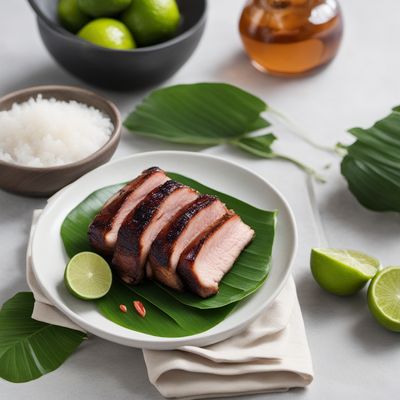
Samoan Grilled Pork Belly
Tropical Delight: Grilled Pork Belly Samoan Style

Chè Khoai Môn with Coconut Cream
Creamy Delight: Vietnamese Taro Dessert with Coconut Cream

Vanuatuan-inspired Seaweed Roll
Tropical Seaweed Delight

Vietnamese Sweet and Sour Soup
Tangy Delight: Vietnamese Sweet and Sour Soup
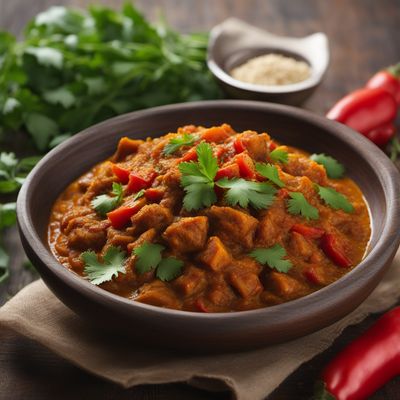
Spiced Taro Root Curry
Exquisite Taro Delight: A Flavorful Indian Spiced Curry
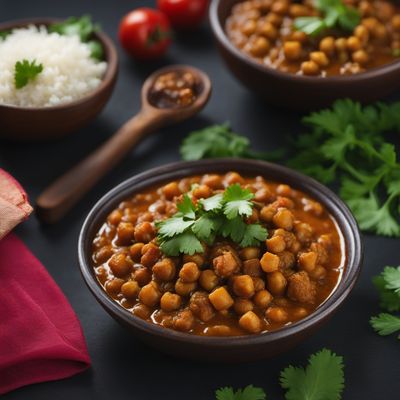
Micronesian-style Pindi Chole
Tropical Chickpea Delight: Micronesian Pindi Chole

Solomon Islands Babakau
Tropical Delight Babakau: A Taste of the Solomon Islands

Phuket-Style Crab Curry with a Tongan Twist
Tropical Crab Delight: Tongan-Inspired Phuket Curry
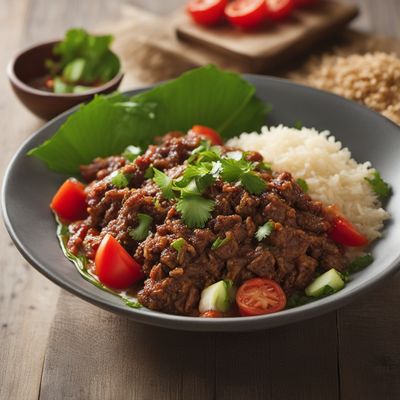
Samoan Slinger
Savory Samoan Slinger: A Fusion of American and Samoan Flavors
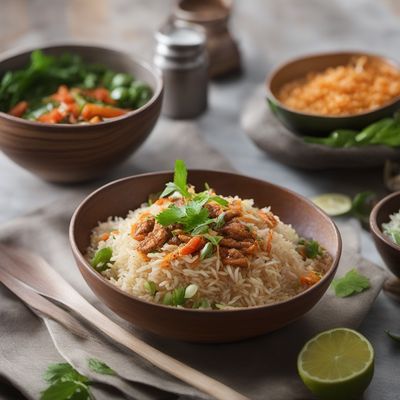
Nasi Bogana with a Twist: A Fusion of Indonesian and Wallis and Futuna Flavors
Island Fusion Delight: Nasi Bogana with a Wallis and Futuna Twist

Taiwanese-style Soufflé
Fluffy Clouds of Taiwanese Delight: Soufflé with a Twist
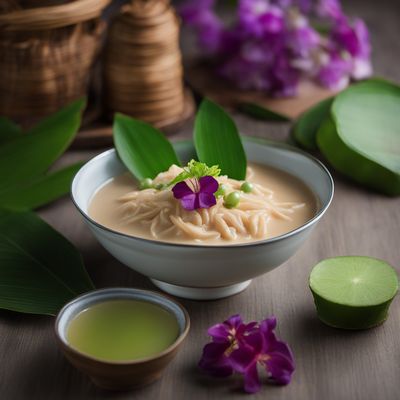
Shwe Yin Aye - Burmese Coconut Milk Dessert
Golden Delight: A Sweet Journey through Burmese Coconut Milk Dessert